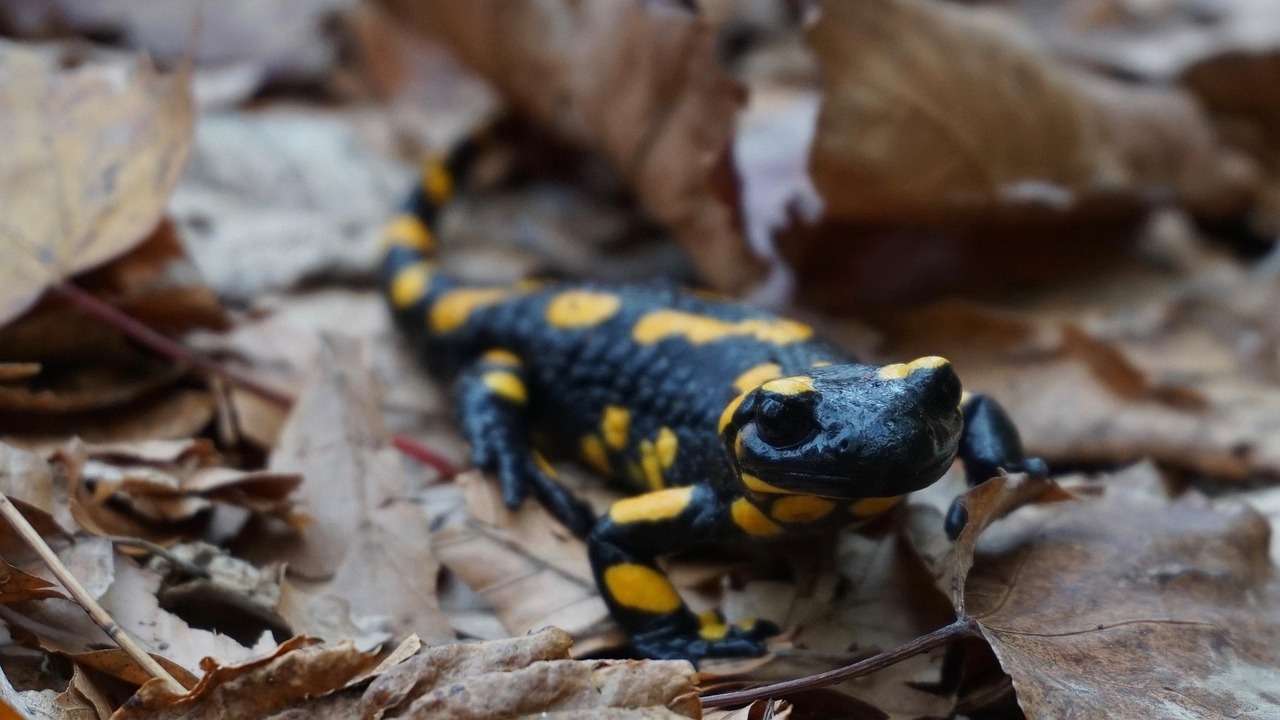Salamanders and Their Regeneration Powers

Category: Amphibians | June 14, 2025
Among the animal kingdom’s many wonders, salamanders stand out as true biological marvels. These amphibians possess the incredible ability to regenerate complex body parts—a power most animals, including humans, can only dream of.
When a salamander loses a limb, tail, or even a portion of its eye or spinal cord, it doesn’t scar over like other animals. Instead, the wound remains open briefly, and specialized cells known as “blastema” form at the injury site. These cells revert to a stem-cell-like state and begin to rebuild the lost tissues—skin, muscles, bones, nerves, and blood vessels—all in perfect coordination.
But their powers don’t stop at limbs. Some species of salamanders can regenerate parts of their heart, brain, and even entire portions of their jaws. This has fascinated scientists for decades, not only because it’s impressive, but because it holds clues for advancing human medicine. Understanding salamander regeneration could one day help us improve wound healing or even grow replacement organs.
So how do they do it? A big part of their secret lies in their immune system and the way their cells respond to injury. Unlike mammals, salamanders don’t form fibrous scar tissue that blocks regrowth. Instead, their bodies create an ideal environment for regeneration, balancing inflammation and healing without shutting down the growth process.
Environmental conditions also play a role. Regeneration is often more efficient in younger salamanders and in optimal temperatures with access to water. Still, even adult salamanders retain this incredible ability throughout their lives.
Unfortunately, salamanders are facing threats from habitat loss, pollution, and fungal diseases like chytrid fungus. Preserving their populations isn’t just good for ecosystems—it could be essential for unlocking future medical breakthroughs.
🌴 Jungle Chatter
Most popular reactions:
No reactions yet.